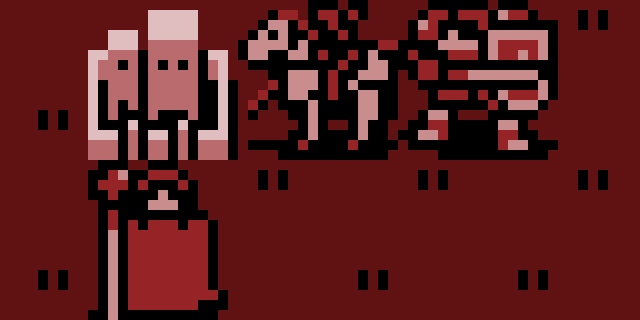
In From Pixels to Polygons, we examine classic game franchises that have survived the long transition from the 8- or 16-bit era to the current console generation. This time, Graham Russell and Andrew Passafiume look at Intelligent Systems’ strategy-RPG series, Fire Emblem.
The evolution of the Fire Emblem series has largely been from capability to intention. On the surface, the formula hasn’t changed much; you’re still moving units around top-down square grids and pitting them in menu-based combat. Once you dig below the surface, though, you’ll see that the series has become increasingly defined by how and when it chooses not to progress.
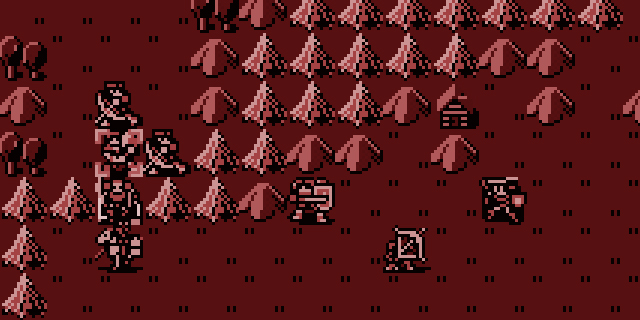
Striving for more ambitious experiences
The early days of Fire Emblem aren’t known well outside of Japan, as it remained there alone for its first decade. Still, you look at the Famicom original, and you’d recognize it: the interface was well in place. At that point, it was the first real game of its kind, blending D&D-esque tactics with a JRPG feel that was in its infancy.
It did what it could to simulate battle tactics within the confines of the aging, limited hardware, building on the Famicom Wars engine with some customization and inventory elements. But that’s about all the system could handle, so there was where Intelligent Systems stopped.
The second title, Fire Emblem Gaiden, couldn’t do any more technologically, so it was an expansion pack of sorts, and the third game served as an enhanced, expanded 16-bit remake of the original in the vein of Super Mario All-Stars.
It’s not until the fourth game, Seisen no Keifu, that the team could flex its muscles on the new hardware. And that’s exactly what it did. The Super NES could handle much larger maps, so it had much larger maps. It could manage advanced tactics like multiple castles to seize, gradually destroyed villages and myriad character abilities. Characters evolved across generations. Seisen was conceived on an epic scale, simply because it could be. The result is an impressive 16-bit game, as well as the hardest Fire Emblem to grasp.
The franchise’s early era went out on a whimper with Thracia 776, a late-1999 Super Famicom release (you read that right) that was hard enough to come by in its home country. A spinoff of Seisen no Keifu, it needed to bring its own ideas to the table to justify its existence, and it did so with the introduction of some successful ideas (like Fog of War and rescuing units with other units) and some less-viable ones (like character fatigue and capturing enemy soldiers to seize their equipment).
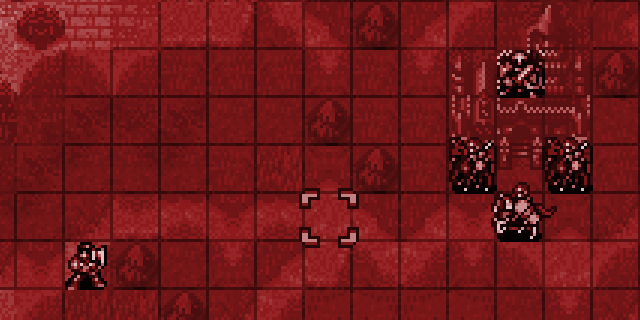
Adopting a back-to-basics approach
The real turning point for the Fire Emblem series came with its jump to the Game Boy Advance. Fuin no Tsurugi, and its prequel that would become the first localized Fire Emblem, each could have been sprawling epics with lots of new mechanics and systems. After all, the GBA was a more powerful system than the SNES, and both the technology and the ideas had progressed to allow for more and more. Instead, though, the portable Fire Emblems took the opportunity to examine just exactly what worked best for the franchise, and pared things down to a more streamlined and accessible experience.
Gone was the progression of generations and acquisition of unit skills. So, too, were the sprawling maps; the sixth and seventh games made its battlefields just large enough to be interesting and stopped there. Tutorials were fleshed-out to make sure players understood the basics, and more focus was put on keeping the cast smaller and more memorable. In this process, the franchise built a core around what it did best, rather than simply what it was technically capable of doing.
The second Fire Emblem to receive a Western release, The Sacred Stones, was not dissimilar from the previous two, maintaining the formula that had come to define the series. There was, however, one large change: the addition of a world map and, most importantly of all, the ability to grind. While traveling along the map, you’ll come across random encounters and other bonus areas that essentially allow you to level up whenever you see fit.
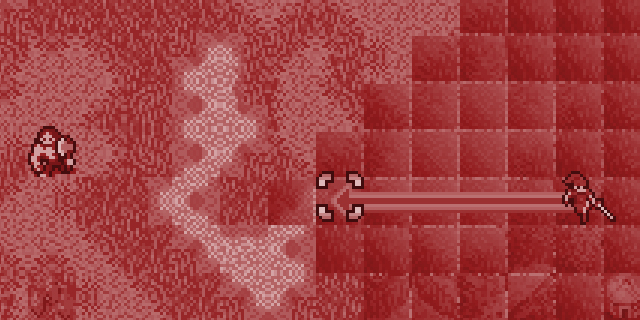
These are easily skippable, but this addition made it possible for newer players to jump into Fire Emblem without worrying about the difficulty. Sacred Stones was criticized for this addition, specifically due to how it impacted the game’s balance, but it was a bold step in a different direction for the series, one we wouldn’t see again until 2013’s Fire Emblem: Awakening. It also allowed players to take a deep breath and enjoy themselves, instead of relying on the earlier games’ cheap exploits — notably almost killing bosses and letting them regenerate health over and over for experience — to keep up unit strength.
Fire Emblem’s inevitable move to 3D with Path of Radiance was a huge graphical leap, but the series’ formula remained the same. The upgrade in scale allowed for a deeper focus on the world’s lore, but ultimately changed very little about the core of the series. Its direct sequel, Radiant Dawn, upped the scale even more by giving the player multiple leads (and thus multiple factions) to control.
The mechanics remained mostly unchanged from Path of Radiance, but with a few small tweaks, including the introduction of elevation in battles. Mostly, what the GameCube and Wii entries did was reintroduce some scope to the battlefields. Outside of that — and a somewhat-gimmicky suite of transforming animal race units — these games were careful not to implement too much else. It could have been easy to try to shake up the grid-based gameplay or introduce a second air level for flying units, but its restraint led to games that focused on refining that time-tested gameplay.
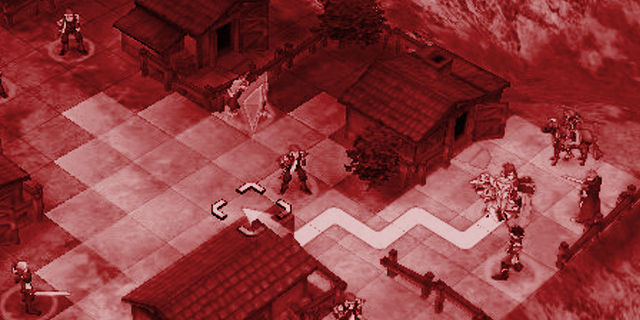
Finding what works and what doesn’t
The series’ appearance on the DS proved largely unremarkable, as the two releases were two halves of a remake of the third game and only the first made it Westward. They were in many ways a display of how far the series had come, a contrast to the modern games with its unrefined balance and bland characters and narrative. Still, the second entry was a step toward what was to come in Fire Emblem: Awakening, with online elements to aid players through tough spots and a customizable player character.
Awakening tied many of the elements from previous games together into the most robust Fire Emblem yet. It expanded on the series’ traditional support system by rewarding you with new conversations between characters. It also borrows heavily from Seisen no Keifu, bringing in a second generation of units based on romantic relationships that happen between your many units throughout the game, eventually allowing them to join in battle alongside their parents. This, on top of the world map and ability to grind brought back from Sacred Stones, made this feel like the first truly big step forward in the series in years.
It wasn’t all about adapting old systems to work in a new entry, however, as Awakening included a casual difficulty. This mode, designed for newcomers in mind, turns off the “permadeath” system the series is known for, allowing units to fall in battle and still come back for more later on. It opened up the brilliant mechanics of Fire Emblem to an entirely new audience, without taking away anything from veterans who enjoy the classic difficulty.
With Awakening, it feels like the franchise has found a comfortable position. It’s able to add lots of new mechanics, like it once did in its SNES-era past, but it keeps the experience manageable by giving players options to limit these (or simply find ways to continue if the systems are too complex). More importantly, it proves that it can find success without a wild evolution of the gameplay itself, a feat that’s been out of the reach of many franchises of the 8-bit and 16-bit eras.
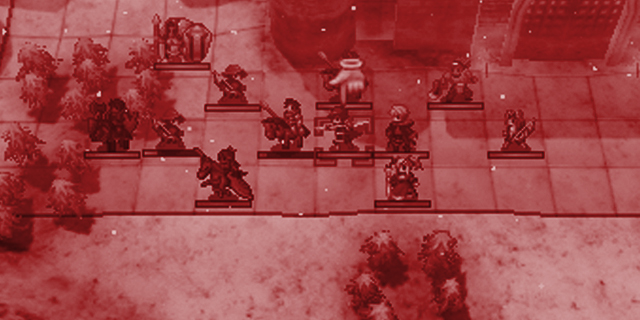
What’s the peak of the Fire Emblem series?
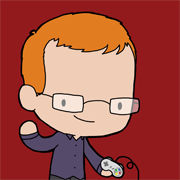 Graham Russell: That’s easy: Fire Emblem: Awakening combines the best of all three of the series’ conceptual worlds, meshing the mechanics of the SNES days with the visual scope of the GameCube and Wii games, while retaining the accessibility (and portability) of the handheld titles. Who knows where we go from here, but it’s all but certain that new titles will follow Awakening’s lead, and that’s a very good thing.
Graham Russell: That’s easy: Fire Emblem: Awakening combines the best of all three of the series’ conceptual worlds, meshing the mechanics of the SNES days with the visual scope of the GameCube and Wii games, while retaining the accessibility (and portability) of the handheld titles. Who knows where we go from here, but it’s all but certain that new titles will follow Awakening’s lead, and that’s a very good thing.
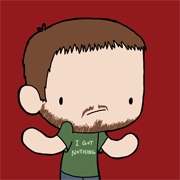 Andrew Passafiume: I have a soft spot for Fire Emblem 7, but Awakening is the clear winner here. It’s the most mechanically complex game in the series, and a great way for newcomers to jump in. It’s a exciting step in the right direction for the franchise.
Andrew Passafiume: I have a soft spot for Fire Emblem 7, but Awakening is the clear winner here. It’s the most mechanically complex game in the series, and a great way for newcomers to jump in. It’s a exciting step in the right direction for the franchise.



















